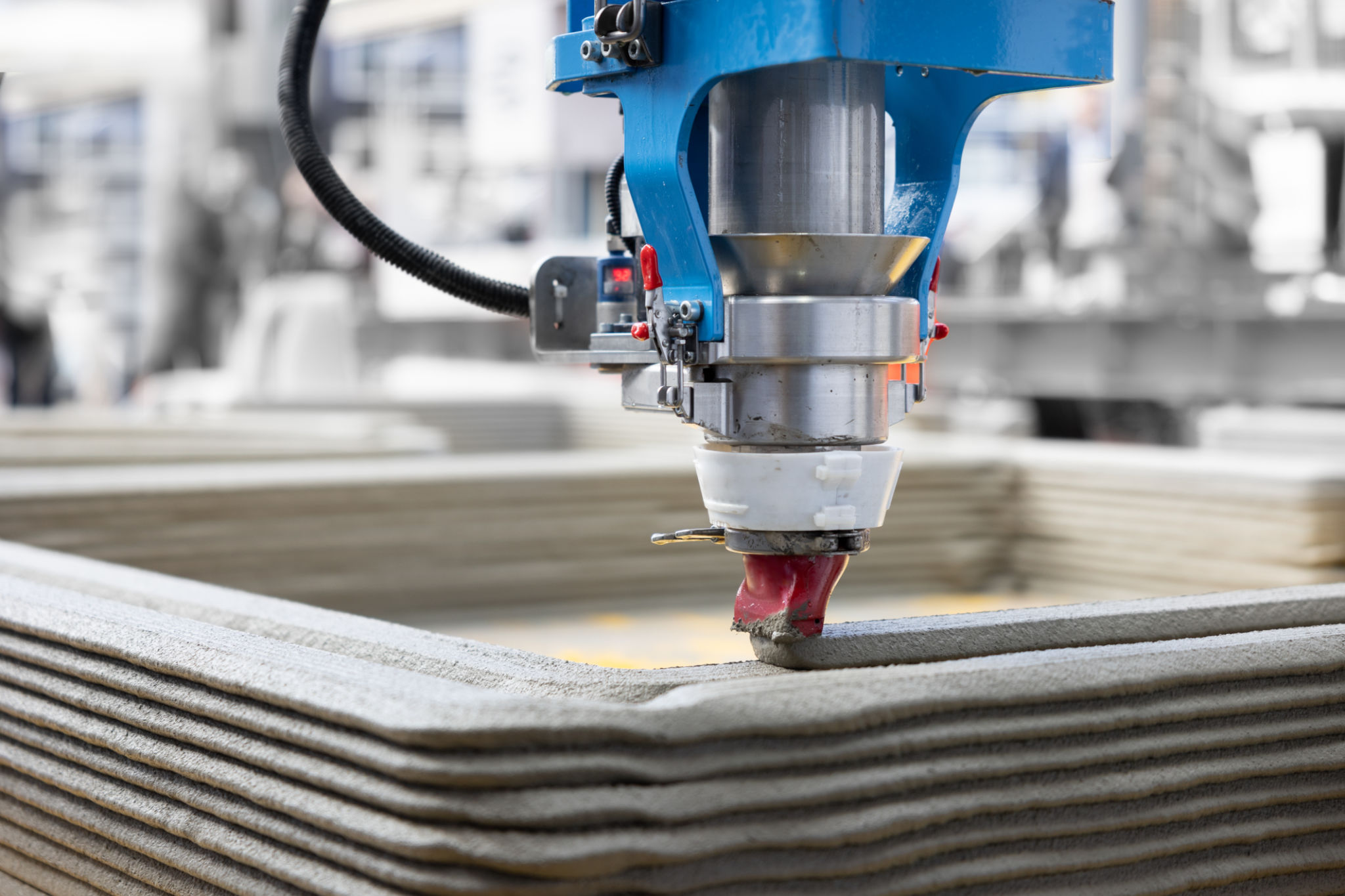Innovative 3D Modeling Trends Transforming the Architectural World
Revolutionizing Design with Parametric Modeling
In recent years, parametric modeling has become a cornerstone of architectural innovation. This technique allows designers to create complex and intricate structures through algorithms and parameters. By adjusting specific parameters, architects can explore a myriad of design variations quickly and efficiently. This flexibility not only enhances creativity but also optimizes the design process by enabling rapid iterations without starting from scratch.
One of the most significant advantages of parametric modeling is its ability to integrate sustainability into architectural designs. By simulating environmental factors like sunlight, wind, and temperature, architects can design buildings that are energy-efficient and sustainable. This approach leads to smarter designs that are not only aesthetically pleasing but also environmentally conscious.

Embracing Virtual Reality in Architecture
Virtual Reality (VR) is making waves in the architectural world, offering immersive experiences that were once unimaginable. With VR, architects can create virtual walkthroughs of their designs, providing clients with a realistic sense of space and scale before construction begins. This interactive experience helps in making informed decisions and enhances client satisfaction.
Furthermore, VR aids in refining designs by allowing architects to identify potential issues or areas for improvement in a virtual environment. This proactive approach reduces costly changes during the construction phase and ensures that the final product aligns with the client's vision.

The Rise of 3D Printing in Construction
3D printing technology is transforming the construction landscape by introducing new possibilities for building design and construction. This innovative approach allows for the creation of complex structures with precision and efficiency. By using 3D printing, architects can produce prototypes and models that provide a tangible representation of their designs.
Moreover, 3D printing offers sustainability benefits by minimizing waste and using eco-friendly materials. This technology is particularly beneficial in reducing the time and cost associated with traditional construction methods, making it a valuable tool for modern architects.

Enhancing Collaboration through Cloud-Based Tools
The architectural industry is increasingly adopting cloud-based tools to enhance collaboration among teams. These platforms allow architects, engineers, and clients to work together seamlessly, regardless of their physical location. By storing all project data in the cloud, team members can access the latest design updates in real-time, ensuring everyone is on the same page.
Cloud-based tools also offer robust data management capabilities, making it easier to organize and retrieve information when needed. This leads to more efficient project management and reduces the risk of errors caused by miscommunication or outdated information.

Conclusion: A Future Driven by Innovation
The architectural world is undergoing a transformation driven by innovative 3D modeling trends. From parametric design to VR, 3D printing, and cloud-based collaboration, these technologies are reshaping how architects approach design and construction. As these trends continue to evolve, they promise to unlock new levels of creativity and efficiency in the architectural industry.
The future of architecture is not just about building structures but creating environments that harmonize with nature and enhance human experiences. Through the power of innovation, architects are poised to make this future a reality.
